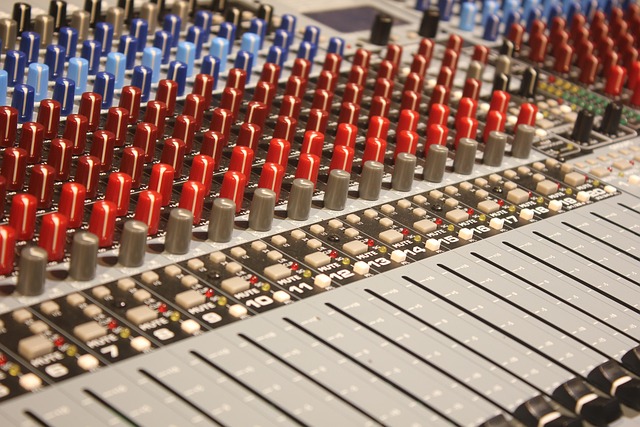In the world of home cinema, the audio experience often makes or breaks the immersive journey for film enthusiasts. While a stunning picture can capture your eyes, it’s the sound that transports you into that cinematic universe. One vital technique to enhance audio depth and engagement is stereo widening. This technique transforms a standard two-channel audio setup into a spacious soundfield, allowing elements of the film’s score, dialogue, and sound effects to feel as though they are coming from all directions, thus creating a more riveting audiovisual experience.
Imagine settling into your specially curated cinema room, the lights dimmed, and the screen flickering to life. As you press play, the surround sound envelops you and draws you into the heart of the action, all thanks to skilled stereo widening techniques. When we think of audio, it’s crucial to remember that sound can live and breathe in a three-dimensional space. Proper stereo widening creates that dimension, allowing for an airy, expansive soundstage that elevates your home cinema’s atmosphere.
One of the simplest yet most effective methods of stereo widening is through the use of panning. When mixing audio, panning elements of your soundtrack to varying degrees left or right can create a sense of space. For instance, let’s take a scene with a bustling street; the chatter of people can be panned subtly across the sound field. This technique establishes a realistic environment and keeps the viewer engaged. Additionally, employing reverb and delay effectively can also enhance stereo widening. By adding a slight reverb to specific sounds, you allow certain elements to feel as though they are bouncing off the walls of your cinema room. This not only makes the audio feel larger but also increases the sense of immersion.
Another advanced technique involves using stereo-enhancing plugins or tools available in digital audio workstations (DAWs). These can process your audio tracks to widen the stereo image artificially without sacrificing clarity. Many audio engineers use a combination of mid-side EQ and compression to achieve a fuller sound. Mid-side processing allows you to treat the mid and side channels separately, further refining the spatial quality of audio in your home cinema. As a result, you can highlight vocals or central instruments while simultaneously enhancing background elements in the sound field, providing that intricate audio tapestry that draws viewers deeper into the film’s narrative.
Incorporating quality speakers and an audio system designed for home cinema is also paramount. The placement of speakers plays a significant role in how stereo widening is perceived. Surround speakers should be positioned to fully utilize space, creating an acoustic environment where sound travels seamlessly through your cinema room. Coupling your well-placed speakers with thoughtful acoustic treatment in the room can help eliminate problematic echoes and enhance stereo separation, complementing your stereo widening efforts.
In a well-planned home cinema setup, your audience can perceive every subtle nuance of the film’s audio. Imagine the powerful rush of sound approaching as a thunderclap announces a storm, all while the ambient noise of rain surrounds you, immersing you fully in a captivating experience. With effective stereo widening techniques in place, the sound takes on a life of its own, enveloping your senses and enhancing the emotional impact of the narrative.
Finally, remember to engage in regular listening tests and tweaks. The beauty of audio recording in a home cinema environment lies in the ability to adjust and refine until perfection is achieved. Always keep an open ear for balance. As you navigate the symbolism and story arcs within the films you watch, so too should the audio be nurtured with purpose and intention. By exploring and applying these stereo widening techniques, you’ll not only enrich your audio experience but you’ll also create a signature sound that resonates, fostering unforgettable cinematic moments within your home.



